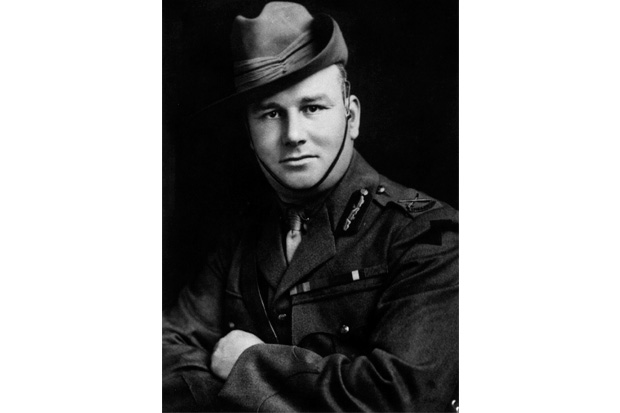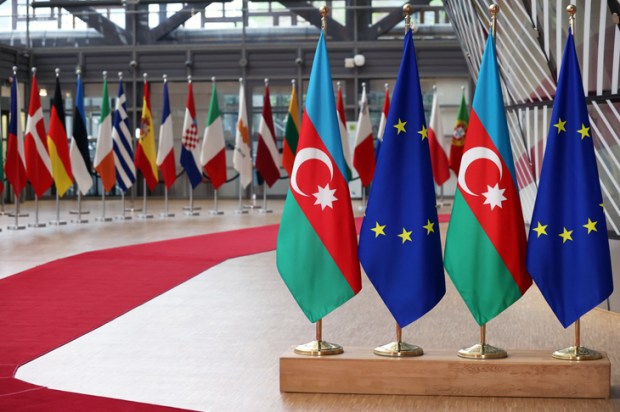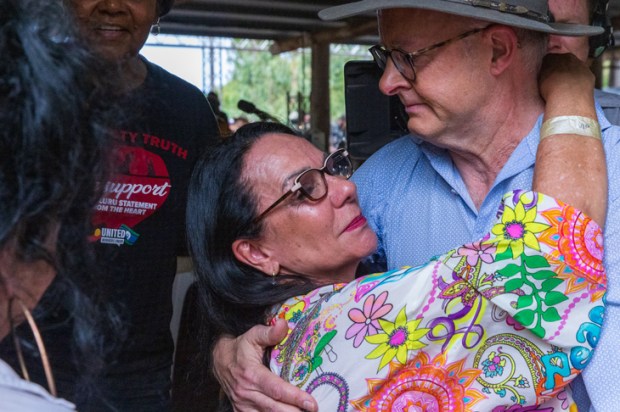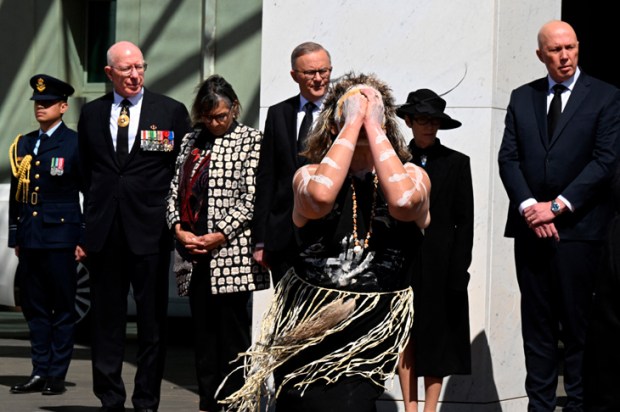It’s a small but devoted group, the Friends of the 15th Brigade. Each year it gathers at the Melbourne graveside of Major General H E ‘Pompey’ Elliott for a memorial. The group is led by the indefatigable Lambis Englezos. The historian Ross McMullin has promoted the Brigade with his superb biography Pompey Elliot. This year was the 84th Anniversary of Elliot’s death and the 20 or so people present at the graveside included relatives of those who served in the Brigade, some members of the RSL, some students from his old school – the Ballarat College – and me. I am an Honorary Member of the Camberwell City RSL and Pompey was our President in 1919. In his honour we have just renamed our Hall ‘The Pompey Elliot Centre’.
Which is how I come to be in Fromelles, France, where the first Australian battle on the Western Front occurred on 19 July 1916. It is still the worst day in Australia’s military history. There were 5,533 casualties in 24 hours. Pompey’s 15th Brigade bore the brunt of it. Many of the dead lay in an unmarked mass grave until Lambis identified the site and, in 2005, began a campaign to recover the bodies. After exhumation and DNA testing, many were re-laid to rest in the pleasant cemetery at Pheasant Wood outside the small village of Fromelles. The Australian Government has since built a Museum and Interpretive Centre here. As I browse through it I am greeted by other Australians who have come in hushed voice to pay their respects.
You will need a Global Positioning Satellite to find Fromelles. It is so tiny it is not marked on the regular road maps. It is a little way past Armentières which, according to the wartime song, was famous for its Mademoiselle. Armentières was used for billeting troops because it was behind the front line. Our guide explains that the carnage would have been worse for the Australians had the German Division been Prussian rather than the more civilised Bavarians. The Bavarian Regiment facing the 15th Brigade that day included a young German soldier who went on to cause a lot more trouble later on, a dispatch runner by the name of Adolf Hitler.
Shattered at Fromelles, the 15th Brigade recovered to fight on to magnificent victories at Polygon Wood in Belgium and Villers-Bretonneux in France. Polygon Wood is surely one of the most beautiful Military Cemeteries in the world. The soft green of the grass in the cemetery gives way to the dark green of the wood. The woods are lovely dark and deep. And high overlooking the cemetery is the memorial to the Australian 5th Division. Polygon Wood was part of a series of battles around Ypres that raged over small territory at immense human cost and culminated in horrors like Passchendaele.
In the town of Ypres there is a memorial to all those whose bodies were never found. Their names are recorded on the Menin Gate. There are 55,000 names and 6,000 of them are Australians. Here the traffic on the main street is stopped every night to sound the Last Post and recite Binyon’s Ode for the Fallen. This has been going on every night since the Gate was built in 1928. We join with Canadians, Brits, Kiwis, Belgians and others to observe one minute’s silence. School children from Britain and Ireland are laying wreaths. As always, we meet other Australians. We are a long way from home but not as far as they were, the boys of 1916.
Today there is a pilgrim trail that runs from Ypres, in Flanders Field, to Villers-Bretonneux on the Somme. I meet many Australians at the stopping points on the way. We compare our experience and try to get inside the heads of those who fought and fell here. What moves these pilgrims, I think, is the sacrifice of those who took part. It wasn’t for plunder, it wasn’t for thrill and it wasn’t an adventure. Ours is a generation of rights and demands. Theirs was a generation of call and duty. That generation speaks to this one through the deeds of sacrifice. That is an uncommon virtue in the modern world.
I wonder if there are equivalent memorials of nightly remembrance for the fallen of World War 2? I wonder if British schoolchildren tour the European battle sites to pay homage to the fallen in that great conflict? Australia has its sacred site at Kokoda, of course, but why is it that the far more ambiguous and far less decisive events of 1914 -18 capture so much imagination at so many sacred sites like Gallipoli, and Villers-Bretonneux and, yes, even Fromelles? Is it the whole futility of the thing which magnifies the sacrifice? Tragedy amplified by sacrifice.
Not too far from Ypres is another battlefield that changed the course of history. It too is in Belgium near a small town called Waterloo. It was two hundred years ago – one hundred years before the battles of World War 1. As I walk the battlefield at Waterloo it occurs to me that the issues were much the same – how Britain, France and Germany would make up the balance of power in Europe. Only at Waterloo it was the British and Germans who joined up to deal with the French.
What became of Pompey Elliot? After the war he returned to civilian life. He worked hard for the welfare of his men and their dependents. He became a Senator… but he never really recovered from his experience in the 15th Brigade. In 1931 he tried to gas himself. He was admitted to hospital. While there he slit open a vein and died at the age of 52. Tragedy and sacrifice.
Got something to add? Join the discussion and comment below.
Get 10 issues for just $10
Subscribe to The Spectator Australia today for the next 10 magazine issues, plus full online access, for just $10.
You might disagree with half of it, but you’ll enjoy reading all of it. Try your first month for free, then just $2 a week for the remainder of your first year.














Comments
Don't miss out
Join the conversation with other Spectator Australia readers. Subscribe to leave a comment.
SUBSCRIBEAlready a subscriber? Log in